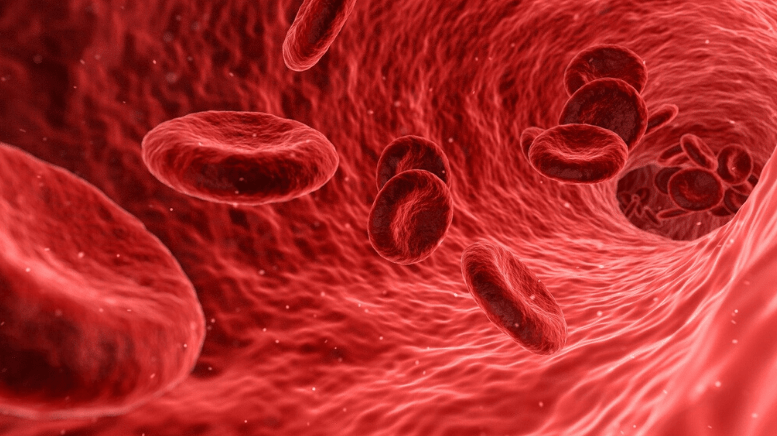Before one can begin to understand what dialysis does, it’s crucial to understand the functions of the kidney. As significant organs in the human body, the kidneys remove waste products from the body. It does so by filtering them from the blood. Dialysis, however, is an artificial replacement for organs; it is primarily used for those who have lost kidney function. For some, this can come about because of renal failure.
There’s a lot to consider before starting dialysis treatment, and in this article, we will cover everything from the different types of dialysis to what it’s like to live with this kind of treatment.
Dialysis Treatment: What Should You Know?
There are two types of dialysis, with the first called Hemodialysis, which is done at a dialysis center. Hemodialysis involves a dialysis machine that filters an individual’s blood and circulates it back into the body. Note, however, that Hemodialysis requires a shunt to be implanted into an individual’s chest or arm, and it must be done 2-3 times a week. It takes roughly 3-4 hours. The second type of dialysis is called peritoneal dialysis, which can be done at home as the equipment is portable. Peritoneal dialysis must be completed every day.
If you’re living with dialysis treatment, a lot of time and commitment has to go into making sure everything is running smoothly. This is especially true for peritoneal dialysis treatment, as individuals must do the treatment once a day. It also requires patients to play a role in their treatment, such as maintaining a clean abdomen, where the treatment is administered.
Takeaway
Dialysis treatment can improve the quality of a patient’s life, especially for those who have suffered from renal failure. Always be sure, however, to speak with your doctor about which type of dialysis is best suited to you.
Featured image: PixaBay









